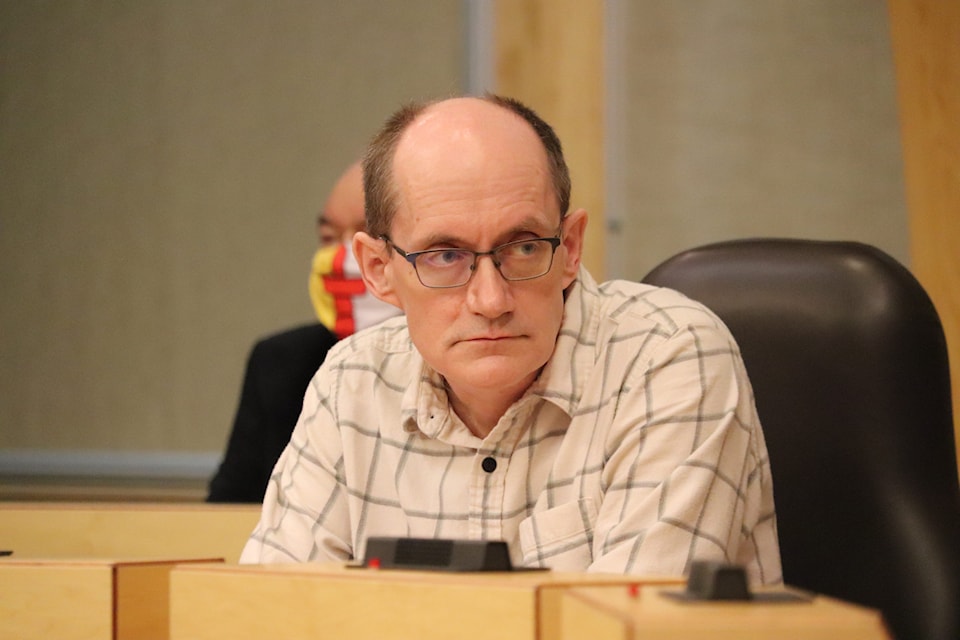There are nine new cases of COVID-19 in Nunavut on April 26, all in Iqaluit. Another nine cases have also recovered in the capital, leaving the number of active actives the same as the day before, at 47 territory-wide.
Three travel-related cases remain active in Kinngait, along with the two in Rankin Inlet that were announced over the weekend.
Thus far 15,163 Nunavummiut have received their first dose of the Moderna vaccine, and 12,181 are now fully vaccinated against the virus.
During a Government of Nunavut COVID-19 update on April 26, government officials continued to stress following public health measures, as well as not to follow rumors going around concerning the virus in Nunavut.
“The individuals who tested positive on Friday night in Rankin Inlet were not even identified as contacts until after their flight had departed Iqaluit, there is no truth to these rumors that these people left Iqaluit without waiting for their COVID test results,” said Nunavut’s Health Minister Lorne Kusugak.
“It is because of the fast and effective contact tracing system and our dedicated public health teams that this case was isolated, tested and confirmed so quickly."
Chief public health officer Dr. Michael Patterson went into more details about the public health notice, asking people who went to the Chart Room Lounge on April 14 to get tested.
“Right now it appears that one night accounts for just over 20 percent of cases in Iqaluit.”
Wednesdays and Fridays are karaoke nights at the Chart Room and April 14, which the notice was for, fell on a Wednesday night.
“It appears the Chart Room on the 14th fits the description of a super-spreader event. The remaining cases was transmission at other public sites, workplace and household, private get-togethers.”
While not all of the samples sent out for genome sequencing haven’t been sent back yet, of those, all of them related to this outbreak have been the B.1.1.7 (British) variant.
“Of those samples that have come back, it is the only variant that has been identified,” said Patterson.
As of last Friday, 21 virus samples sent for sequencing have come back and all of them have been identified as B.1.1.7.
The B.1.1.7 has been seen to have a higher transmission rate as well as likely increased severity and hospitalizations, according to the Centre for Disease Control.
“Fortunately, our current restrictions are enough to control the spread of the variant if people take the restrictions seriously,” Patterson said.
While a specific source hasn’t been identified, public health officials do know it was circulating in Iqaluit before April 10.
“If you’ve been asked to isolate either through contact tracing or because you’ve travelled outside of Iqaluit, please stay home and take this seriously,” said Nunavut’s Premier Joe Savikataaq.
Non-essential travel in and out of Iqaluit is restricted. Only medical travelers, essential workers or those who are returning home from Iqaluit can leave. If you’re not one of these people then you could be fined under public health orders. Those who are leaving Iqaluit to another community in Nunavut must isolate for 14 days whenever they arrive to their home community.
“While we have taken steps to ensure supply lines and critical travel are not interrupted and made it possible for people to get to their home communities, all intra-territory, non-essential travel in and out of Iqaluit is prohibited or restricted with few exceptions,” said Patterson.
